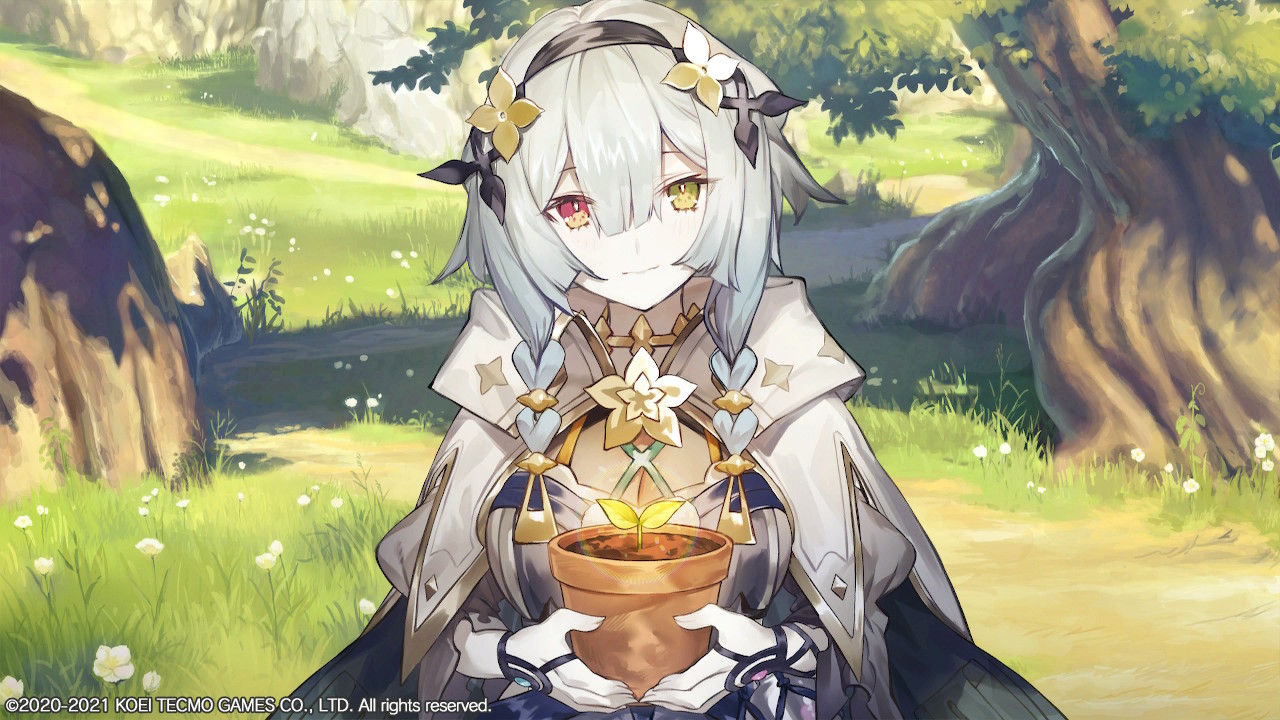1RegretBeetle
A Recipe for Success - Chill Vibes and Good Times with Atelier Ryza 1 & 2
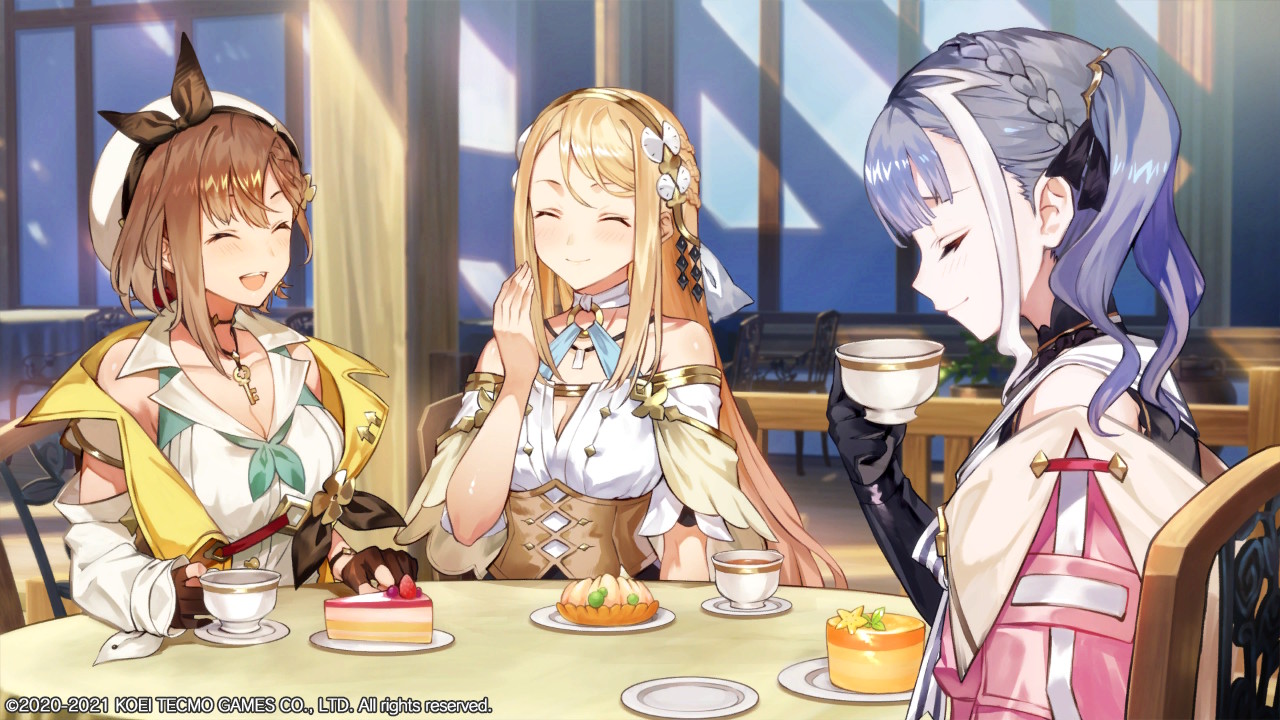
Ryza’s two adventures deliver polished experiences that help elevate the Atelier series beyond its niche foundation.
Despite it now having been a while since I’ve finished both titles, I wanted give some of my thoughts on Atelier Ryza: Ever Darkness & The Secret Hideout and Atelier Ryza 2: Lost Legends & the Secret Fairy.
Having prior experience with the series from the Dusk trilogy of Atelier games, I came into these new titles with a shred of skepticism. In general, the previous games had come across as unpolished when compared to some of the more heavy hitters in the easy-going, slice-of-life JRPG sub-genre. To give a few examples, transitions during exploration and battle segments were very rough, the cutscene framing and animation quality varied significantly throughout a game’s duration, and the alchemy mechanics were deep but wildly unbalanced and underexplained (with intricacies largely obscured for the Western, non-JP speaking audience). The yearly release schedule further gave me the impression that Gust was more interested in a “paint by numbers” approach rather than taking the necessary time to refine each individual work (something that the Tales of series is notorious for).
While not wholly distinguished from the above sentiment, both of Ryza’s adventures signify a notable departure from some of the more glaring flaws sufferred in past entries of the series. I’ll try to make my case for exactly how this was achieved during my breakdown of each game, which follows below. A quick note is that the screenshots I’ll share throughout this post are strictly from the sequel, but their contents can generally be applied to both entries.
Atelier Ryza: Ever Darkness & the Secret Hideout
A great start
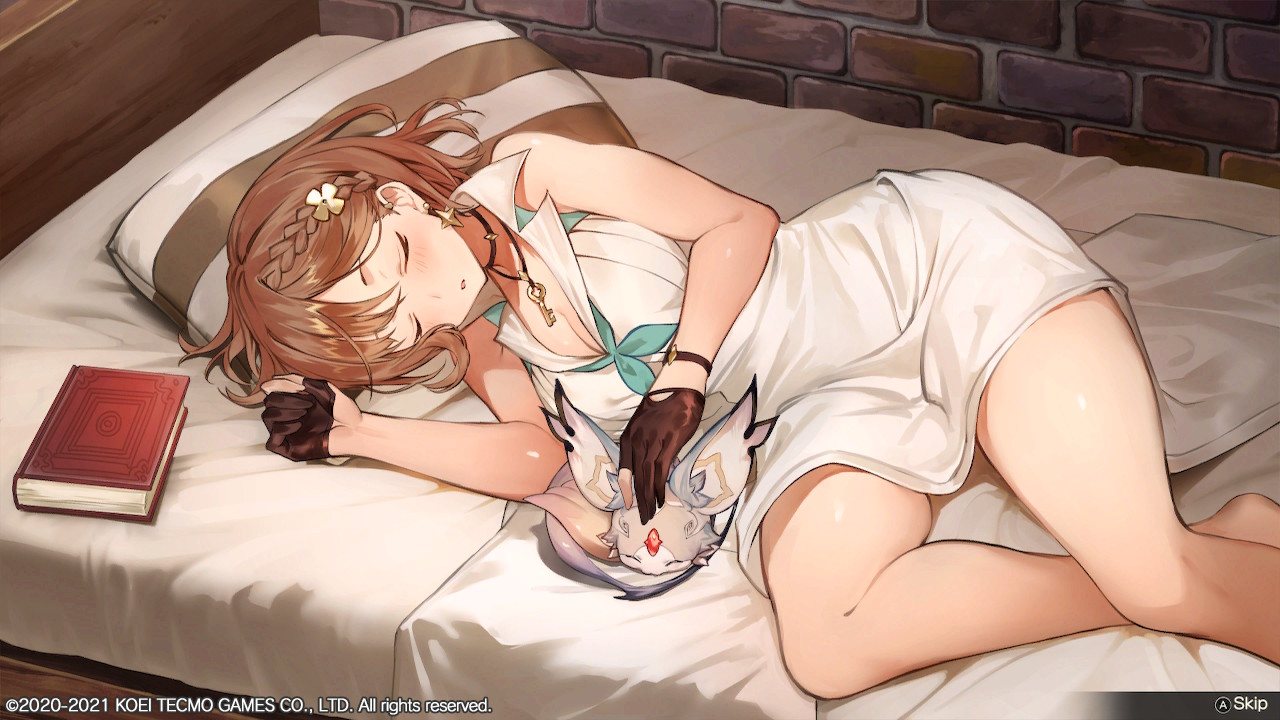
Reisalin Stout’s first adventure tells her coming-of-age story as a young Alchemist of Kurken Island. After meeting two visitors, one an Alchemist and the other a warrior of the dying Oren race which hail from another world, Ryza finds herself drawn into a journey to protect her home from the invasion of otherworldy monsters and natural disasters. While my description of the game’s plot may sound like standard JRPG fare, the scope of the adventure exceeded my expectations of what would be on offer for a “conventional” Atelier game, leaving a very positive impression overall. Rather than taking the expected “slice of life” approach with a laid-back atomsphere, Atelier Ryza’s story exudes a sense of purpose and agency which drives the plot forward and allows it to reach new heights when compared to its predecessors.
The game features an “active” turn-based battle system, where one can execute “auto attacks” which accrue points that can then be allocated towards using character skills or items. As one obtains more points, they can also be used towards advancing the so-called “tactics level” which allows one more opportunities to attack, extends the action point cap, and makes your skills stronger. One can also cycle between various characters using the trigger buttons, with those not directly controlled by the player acting act on their own accordingly. If you fulfill certain objectives posed by your party members, then they can also perform powerful and flashy follow-up attacks, leaning heavily on the “combo”-style of battle system.
Items can be used freely in battle without fear, in the sense that they are limited by a second point system known as the “core cost” that recharges every time one returns to town, foregoing previous and more traditional item systems. As a result, one can focus on crafting a spectacular item only once and have access to it for the rest of the game. This is definitely a welcome change - more on crafting later.
While it sounds a bit confusing when explained in text form, the battle system is actually quite straightforward and, for the most part, satisfing. While turn-based affairs have been the standard for many past entries, what’s on offer in Atelier Ryza is fresh enough to be enjoyable, and gives way to some cool moments during extended boss battles when you’re able to reach max tactics level and your characters are powered up to their full potentials.
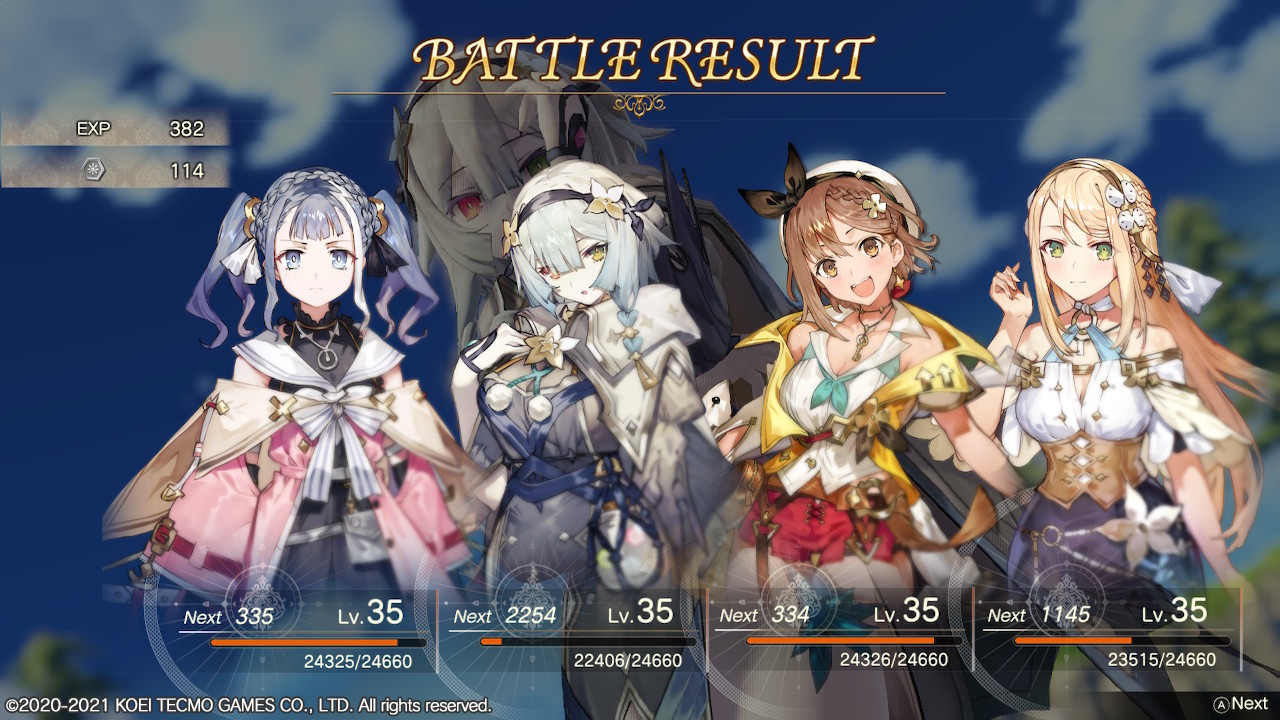
The item crafting in Atelier Ryza is where the game truly shines. Of course, this may sound obvious given the game’s reputation and history, but this iteration has made great leaps in accessibility when compared to past entries. Ingredients and materials are color coded and additionally come with different elemental values which are decided by a “quality rating”. Recipes for synthesis come with an ingredients tree that resembles the traditional “sphere grid” of a traditional JRPG, and one can allocate materials to unlock characteristics for the synthesized item not unlike how one would allocate skill points towards unlocking new skills. With time, the quality of one’s materials and the total number of materials that can be added increases, expanding the power that one can bake into any given item. It’s an understatement to say that the alchemy system is addicting- I daresay it’s the most enjoyable I have ever experienced in a JRPG. At this point I’ve spent hours upgrading my gear, and I haven’t even scratched the surface of what’s possible. The gains can be ludicrous as well, just check out some of the stat increases that one can obtain for a somewhat decent synthesis result (screenshots from Ryza 2, but the alchemy system remains largely the same in both games.
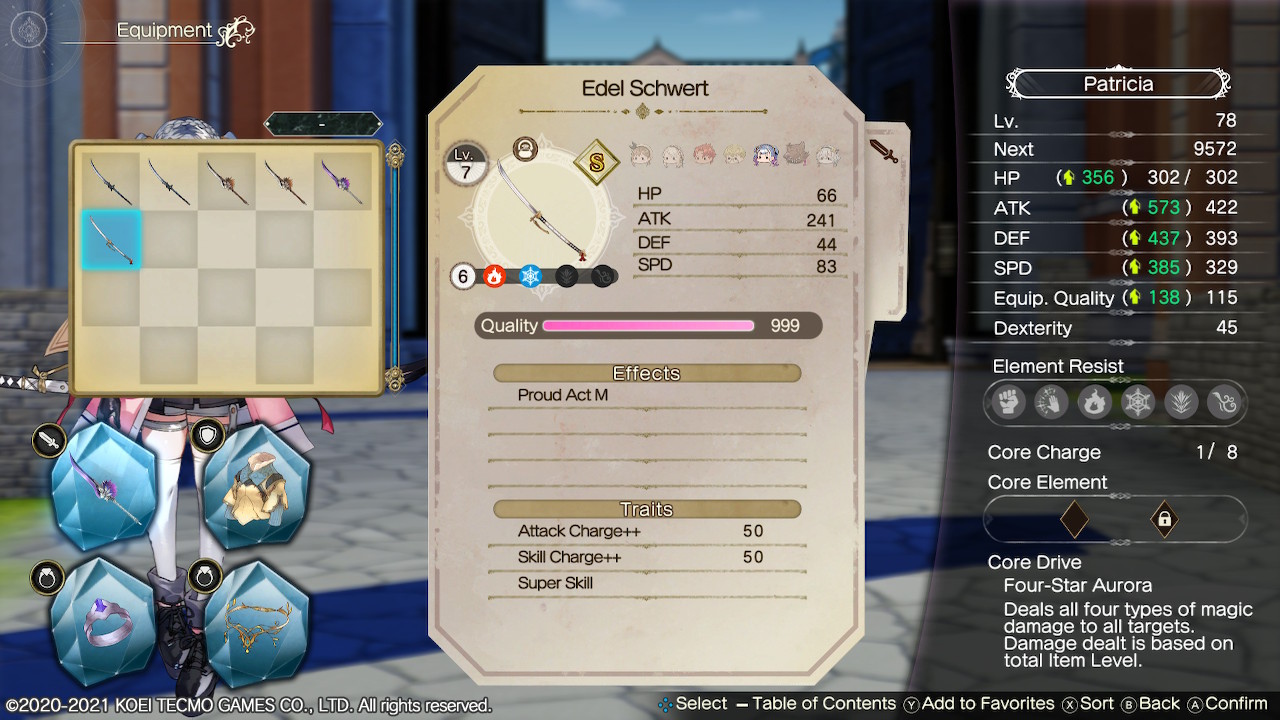
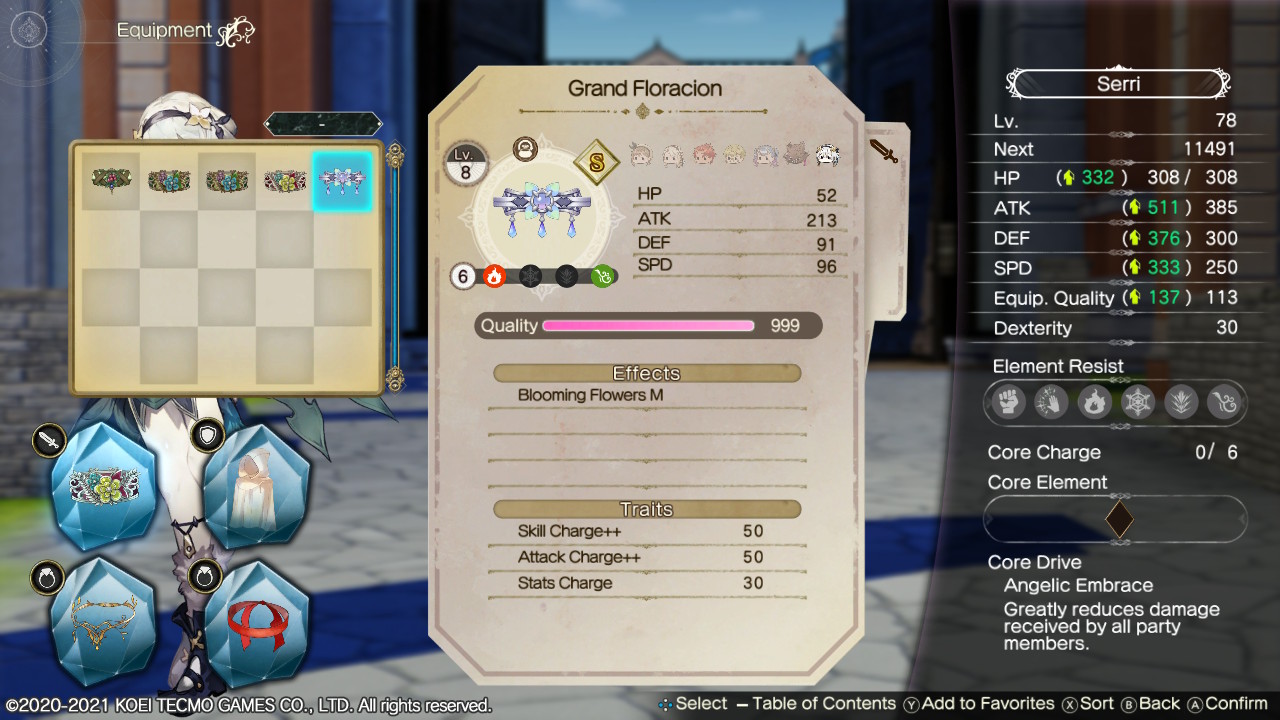
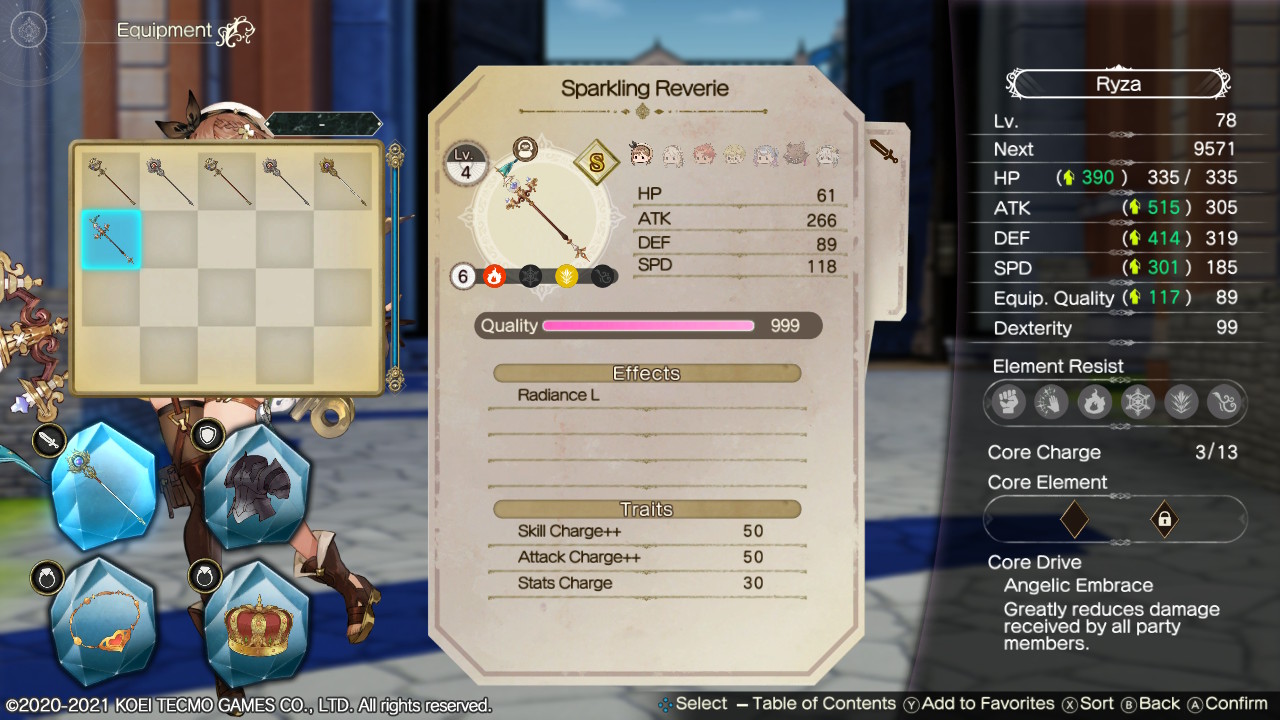
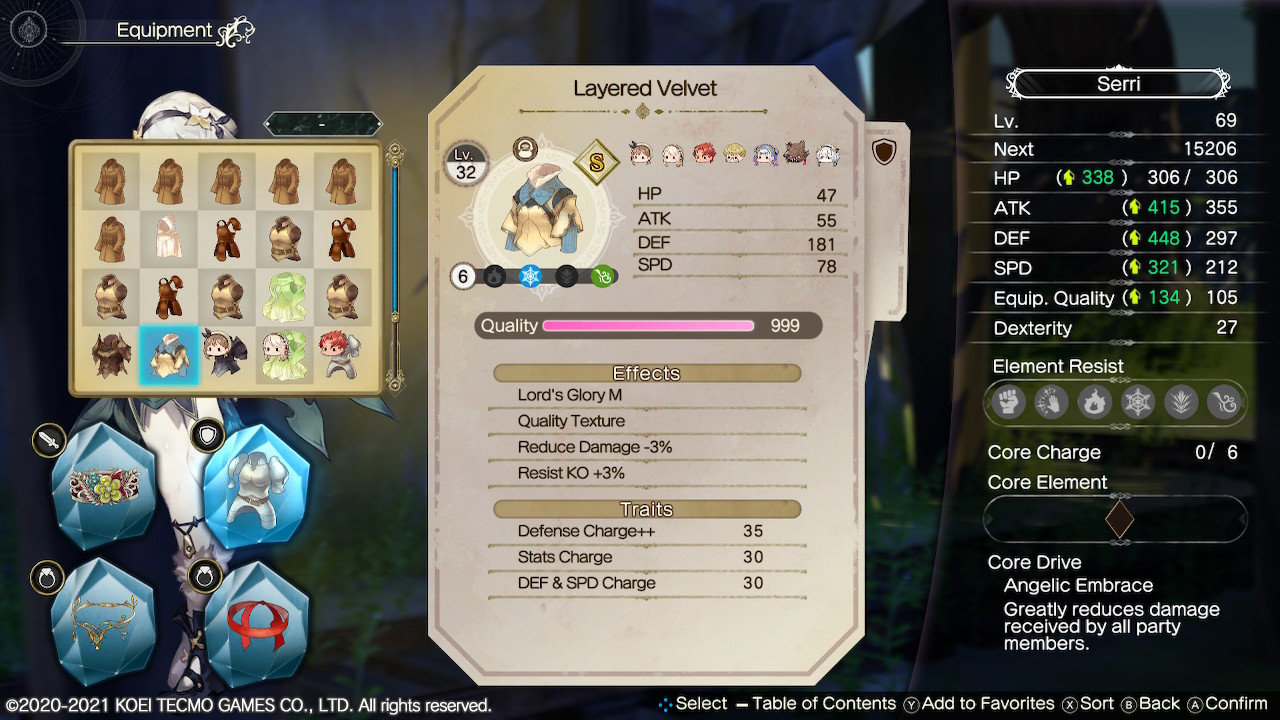
Atelier Ryza 2: Lost Legends & the Secret Fairy
A more refined adventure, albeit with lower stakes.
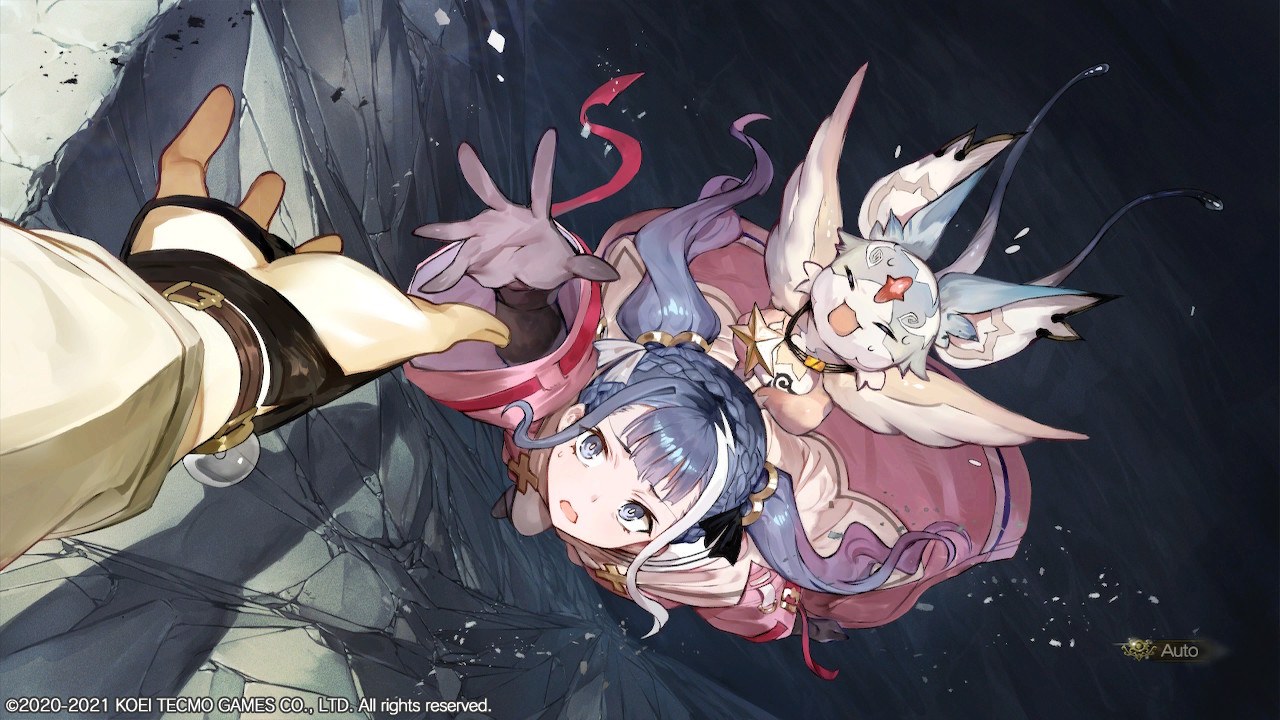
I won’t go into too much depth regarding Ryza 2, as the general gameplay loop is almost identical to that of its predecessor - barring a few minor details which I’ll share now.
In this sequel, Ryza makes her way to the capital city of Asha-Am-Baird by Tao’s request, a childhood friend of Ryza’s and a party member in the first game. Ryza is then roped into a series of spelunking adventures in various ruins near the town, discovers a somewhat annoying, somewhat adorable mascot character, and manages to find herself sealing yet another gate to the underworld, serving to loosely tie in the events of the first game. In all, the story is a bit underwhelming compared to the first, when Ryza’s island home was at risk of sinking back into the sea.
However, exploring the various ruins presents a nice structure to the exploration in Ryza 2 (and thus was probably more of a gamedev decision rather than a narrative decision, in my opinion), as one discovers new information regarding each location and its history by populating a “exploration diary” for each new area. The player is rewarded for learning about these new locations with various bonuses and skill tree unlocks. This distinguishes Ryza 2 from the first game, which was primarily driven by narrative and character developments surrounding the Oren, the underworld, and the true nature of Kurken island. In all, it’s a nice change of pace and makes the game feel less derivative than it probably deserves credit for.
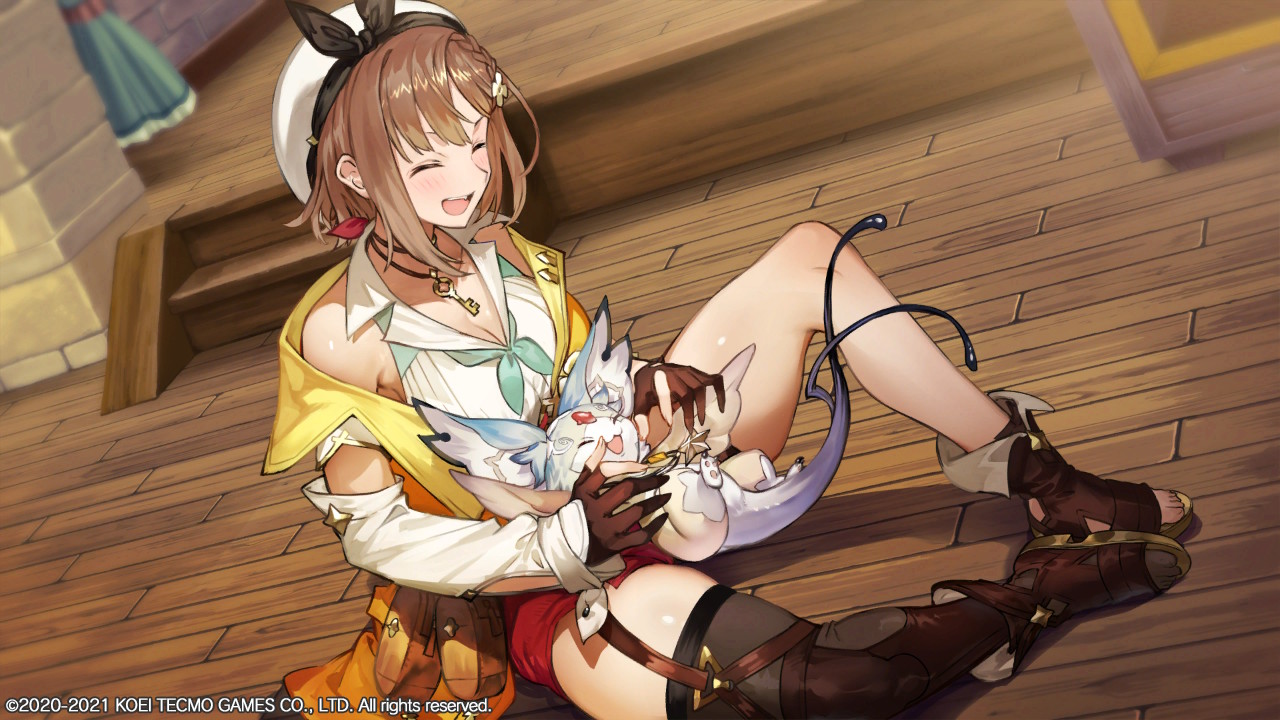
A number of other improvements from the first game are also readily apparent. For example, many of the more “game-mechanical” aspects of Ryza 1 were relegated to special artifacts or objects that were added to the Atelier, such as the blacksmith furnace or the garden. However, these same mechanics are now linked with NPCs at various locations in the city, which feels a bit more like what was intended in the first game (but perhaps was cut due to time constraints).
Furthermore, the battle system has been revamped to emphasize expending your battle points on flashy weapon “skills” that can chain together in various sequences to dish out damage in fantastic battle animations. As opposed to Ryza 1, where you are often met with lots of “downtime” while building up your battle points, Ryza 2 feels much more dynamic using the chaining system. The only downside to this is that items take more of a backseat here, as spending points on skills is usually sufficient to get through most, if not all, encounters. The developers tried to address this somewhat by allowing one to chain items as well, but I personally found myself using this option much less than the battle skills.
The settings and music are largely on par with Ryza 1 - in that they are both excellent. While I can’t say I have any favorite locales or songs from the Dusk trilogy, there are quite a few memorable locations in the Ryza games, and just as many awesome songs. Here’s one of my favorites from Ryza 1 for your listening pleasure.
Unfortunately, some areas have a bit too much bloom and exposure for my liking. Although these occurrences are relatively few, when the issues pop up they are quite difficult on the eyes. Look at the example below to see what it looks like at its worst.
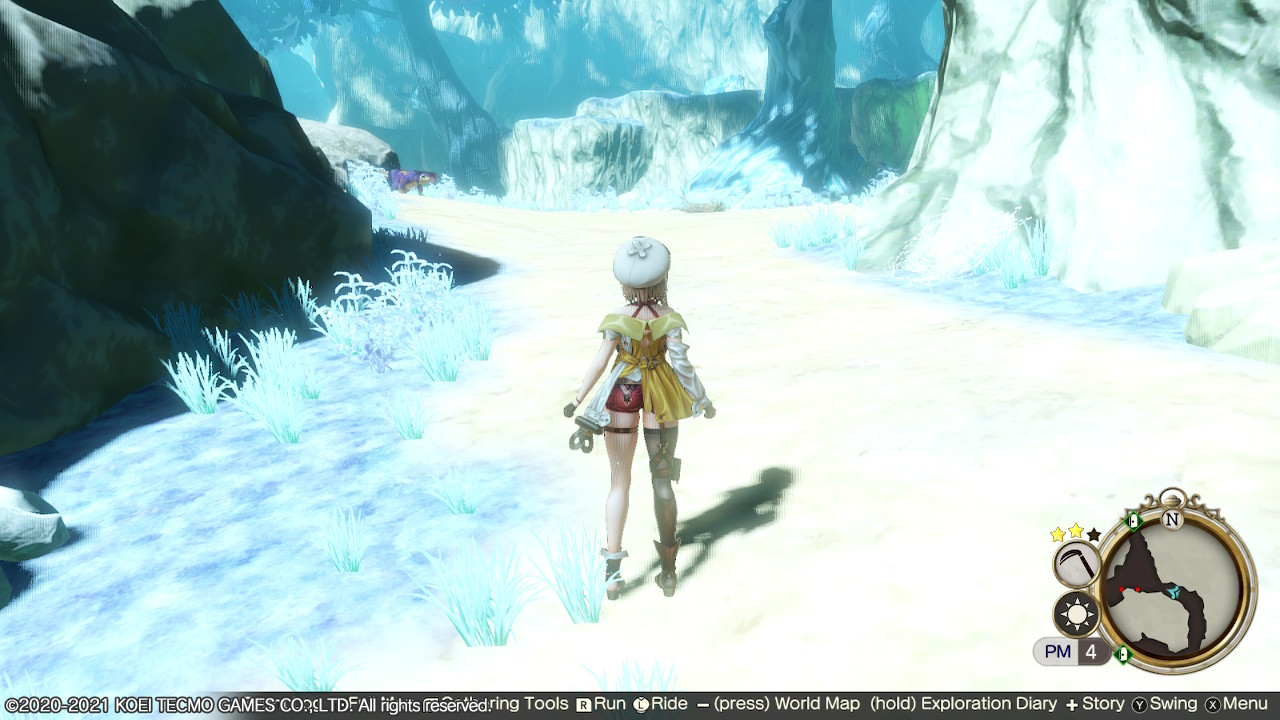
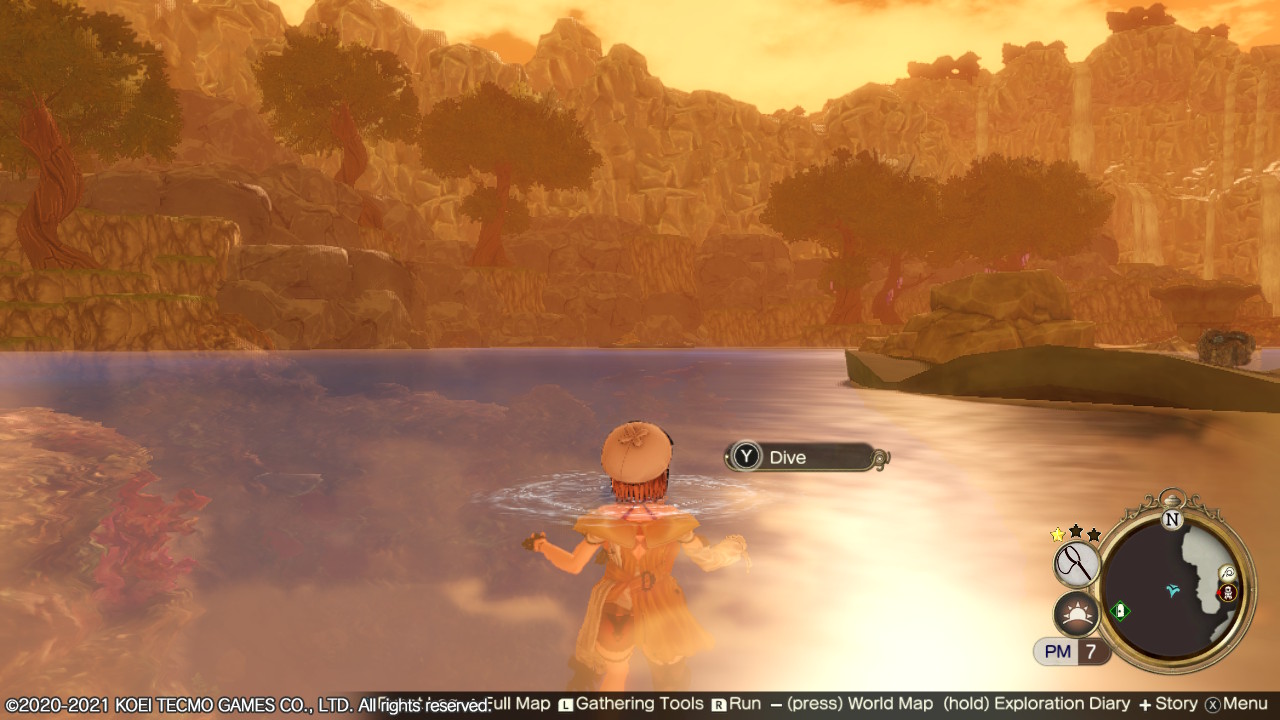
The usual “Gust polish” is also present in Ryza 2, in that they pay special attention to minor details such as battle win animations, key illustrations, etc. My favorite detail is that they like to change up the party menu depending on your location in the story and your current party (as shown below).
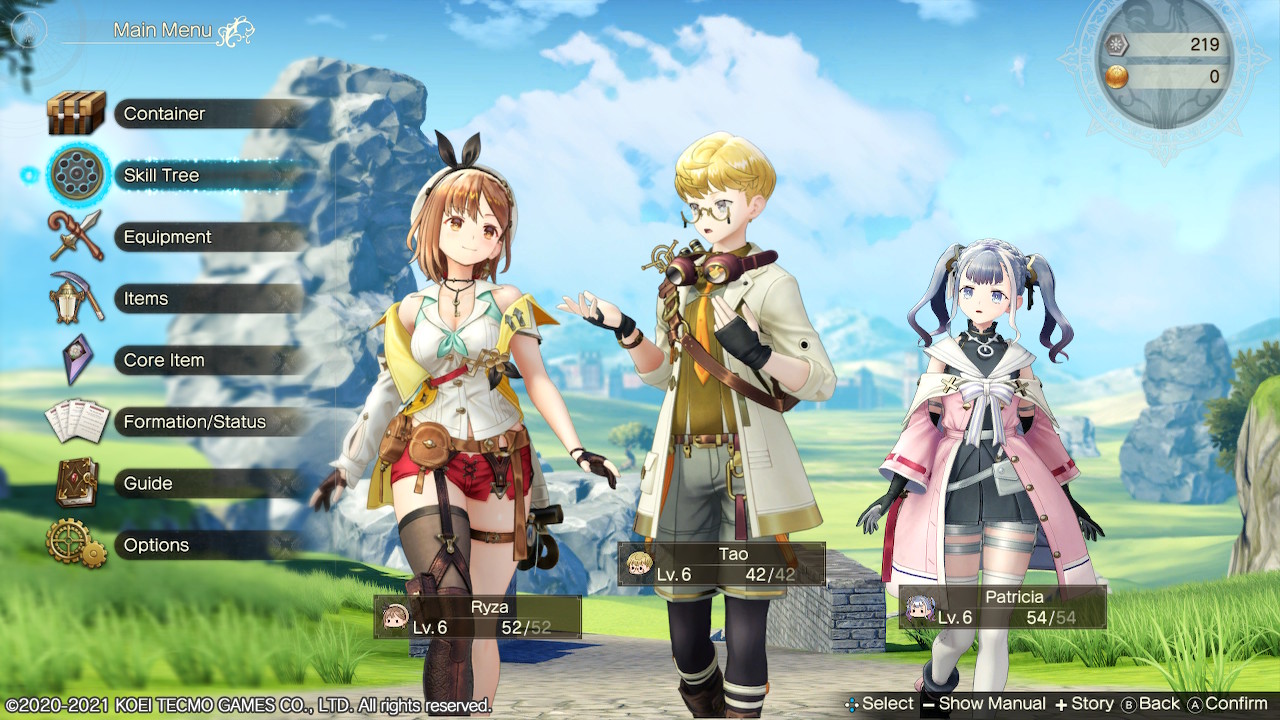
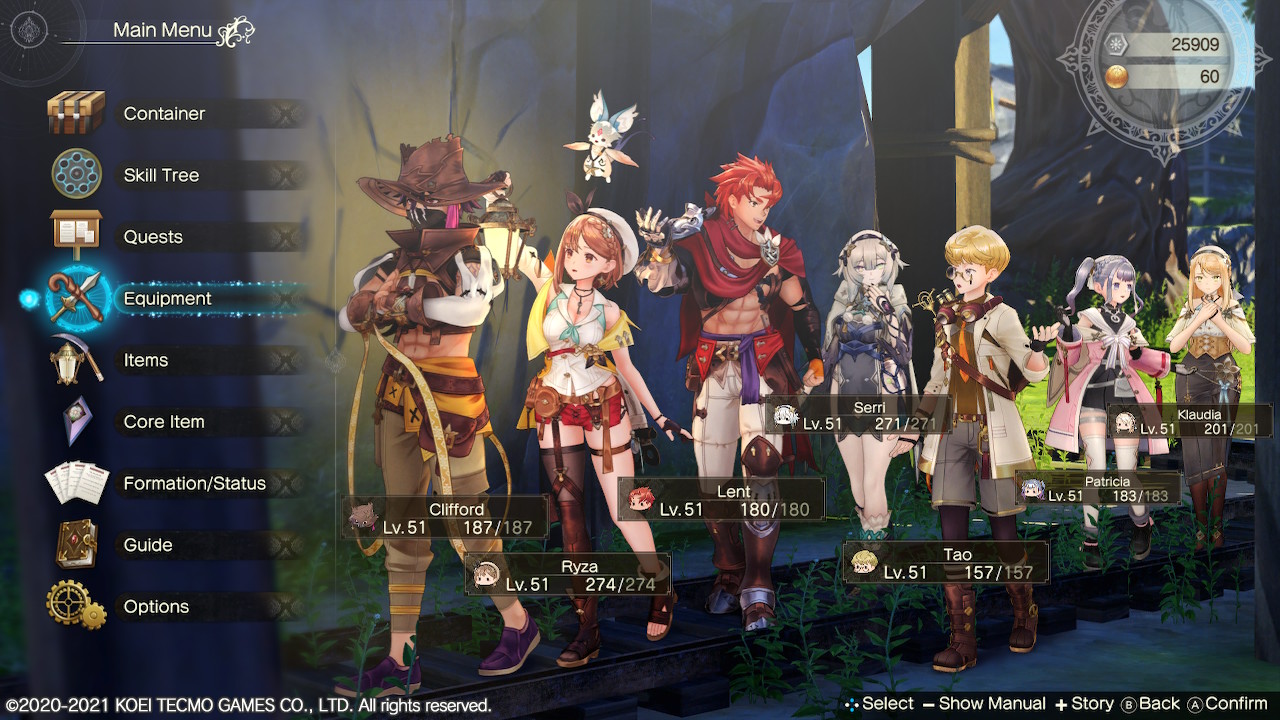
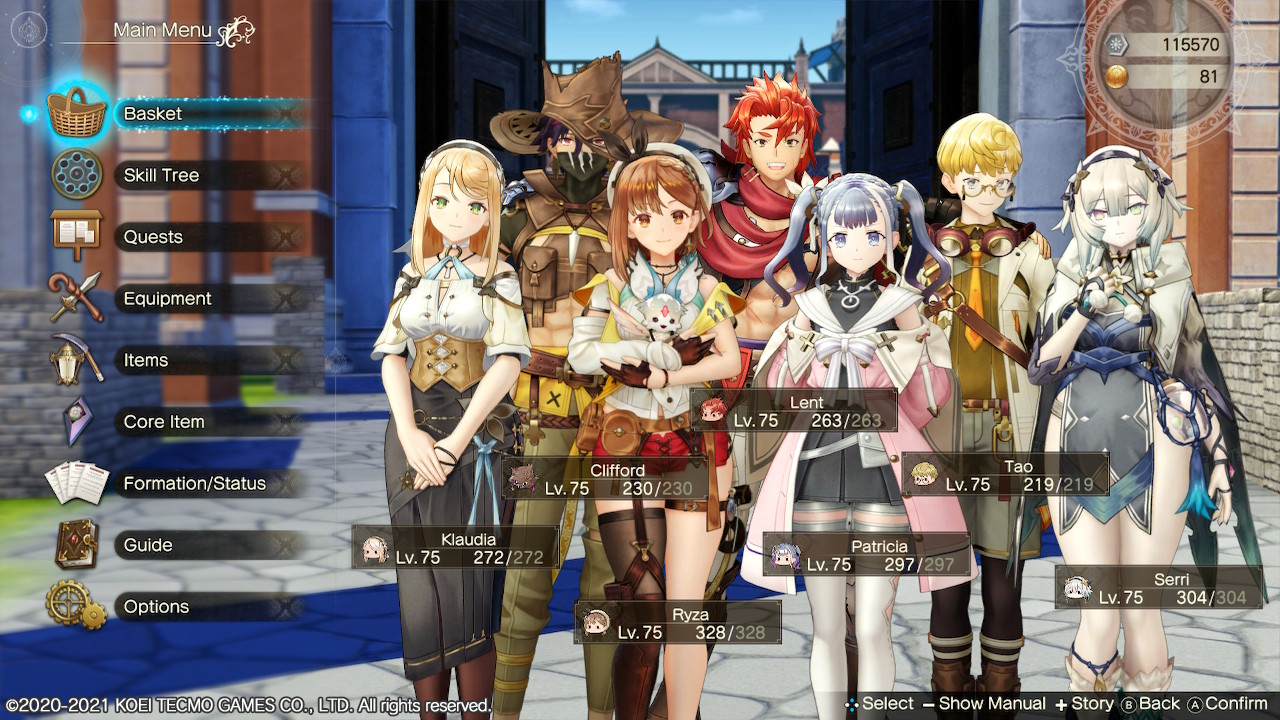
Conclusions
I was honestly very surprised and quite impressed with Ryza’s two games. It’s often hard to gauge how much one will like something, especially when looking for opinions on niche titles (which often come from series diehards). This goes doubly so for myself, as I did not enjoy the Dusk games as much as I would have expected, which further lent itself to viewing these games with skepticism. However, I’m happy to say that I thoroughly enjoyed these two titles, and I would honestly recommend them if anything that I discussed above is interesting to you as well. I’ll eagerly await the announcement of a potential third game, and will surely update this post if/when it manifests. Thanks for reading!
